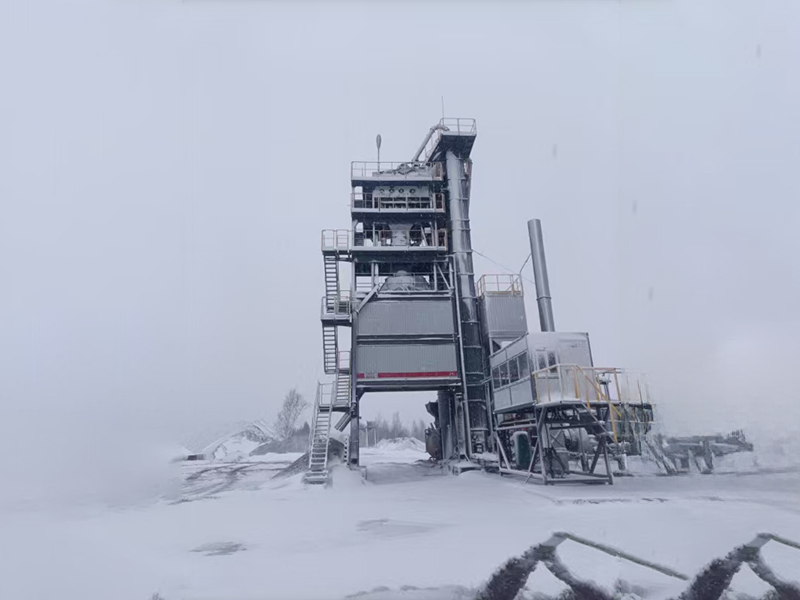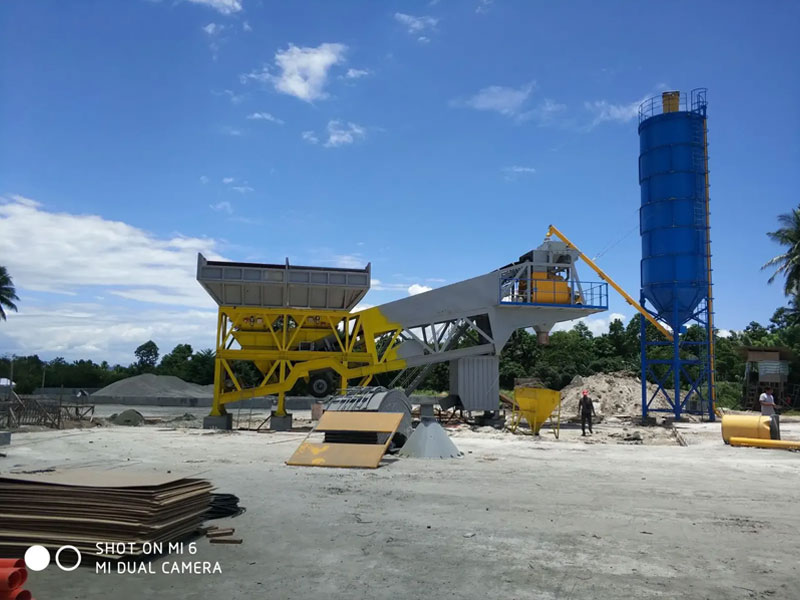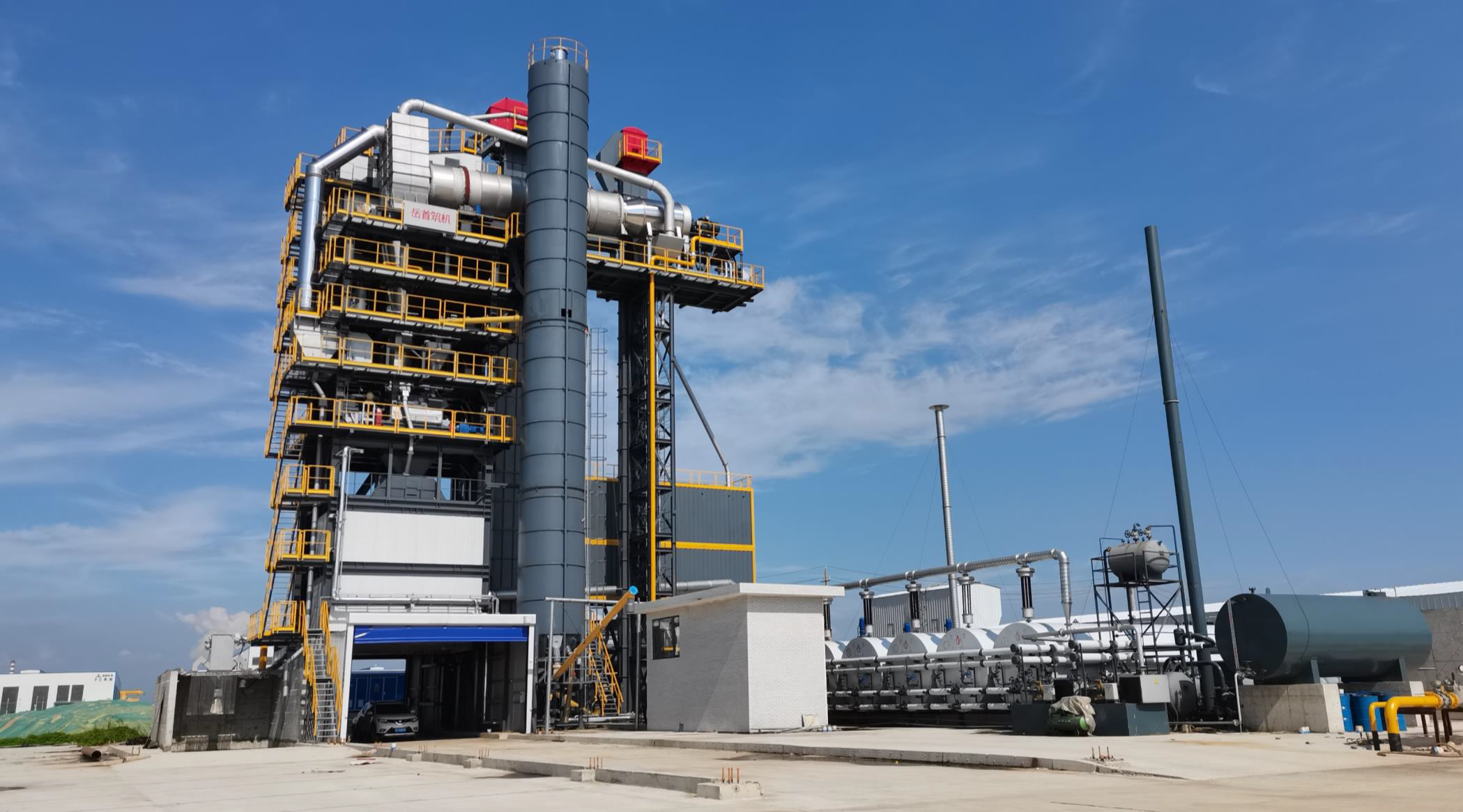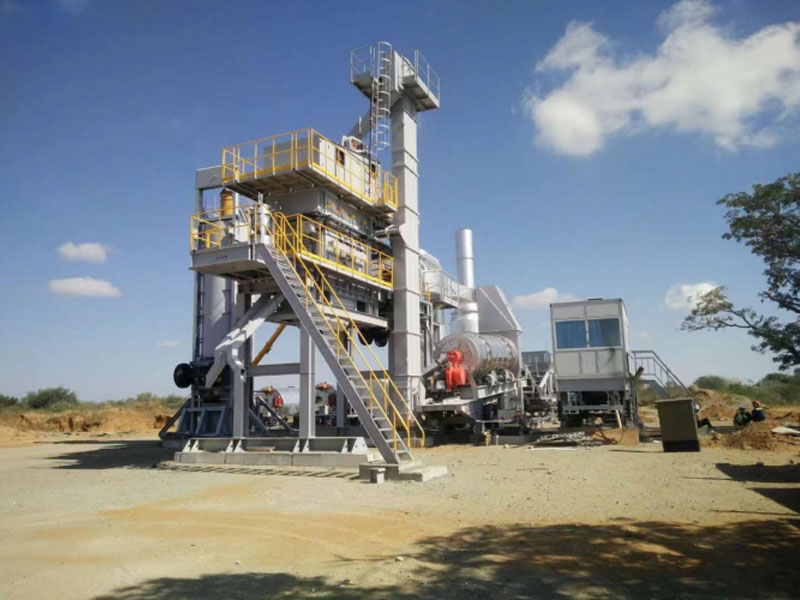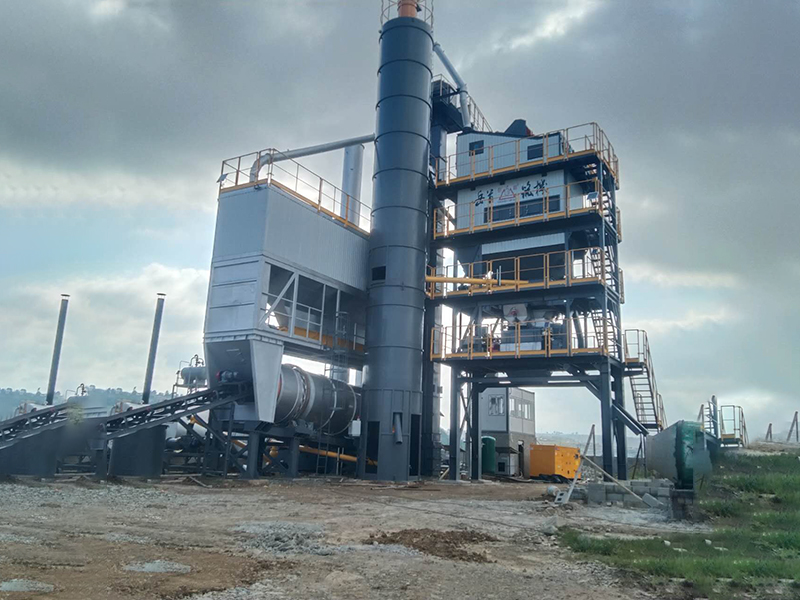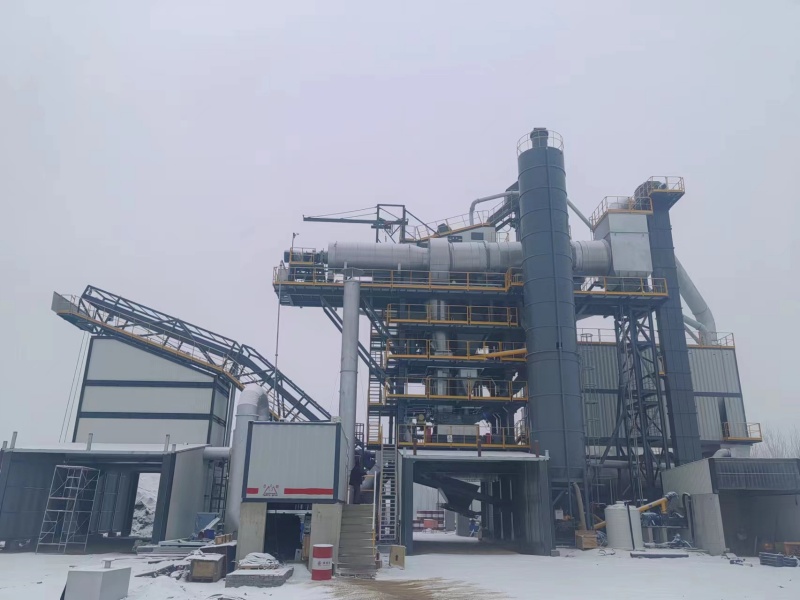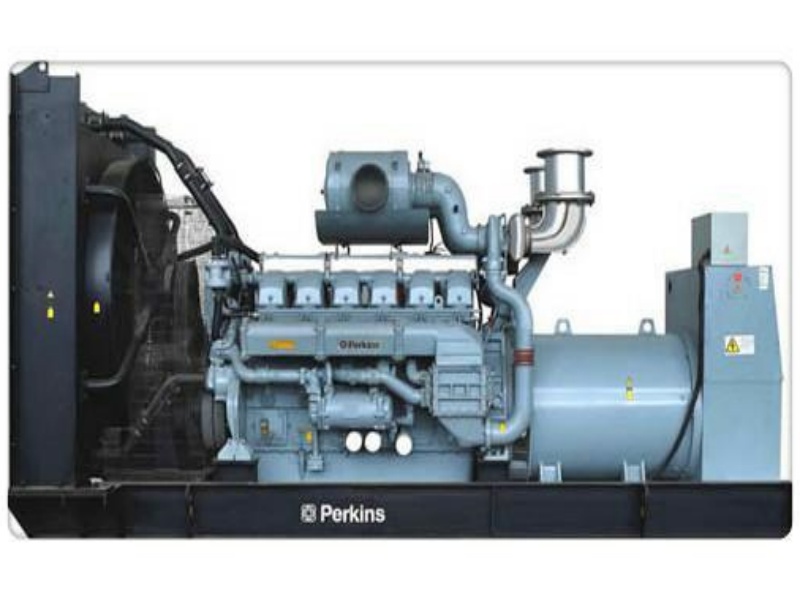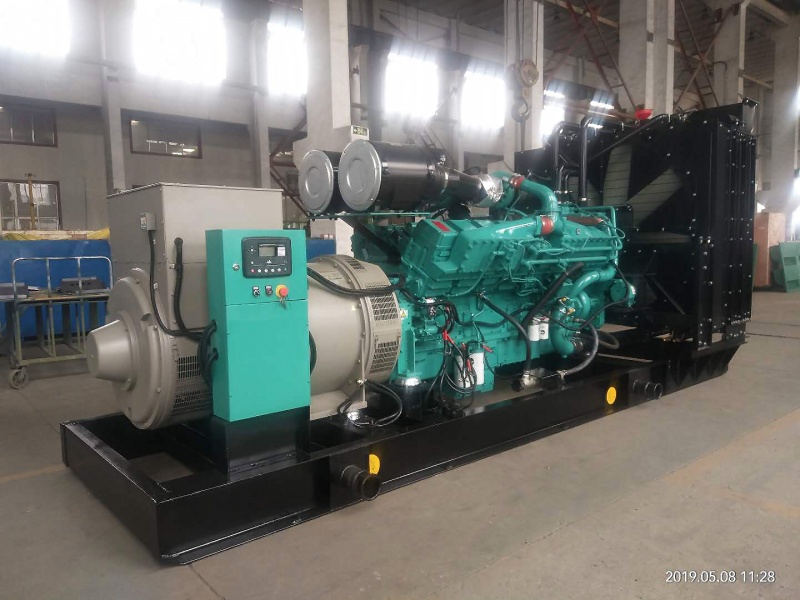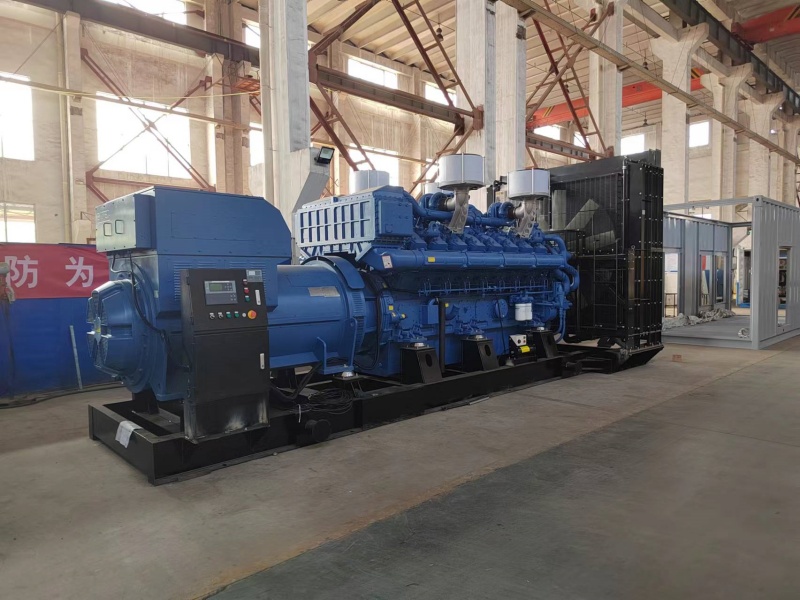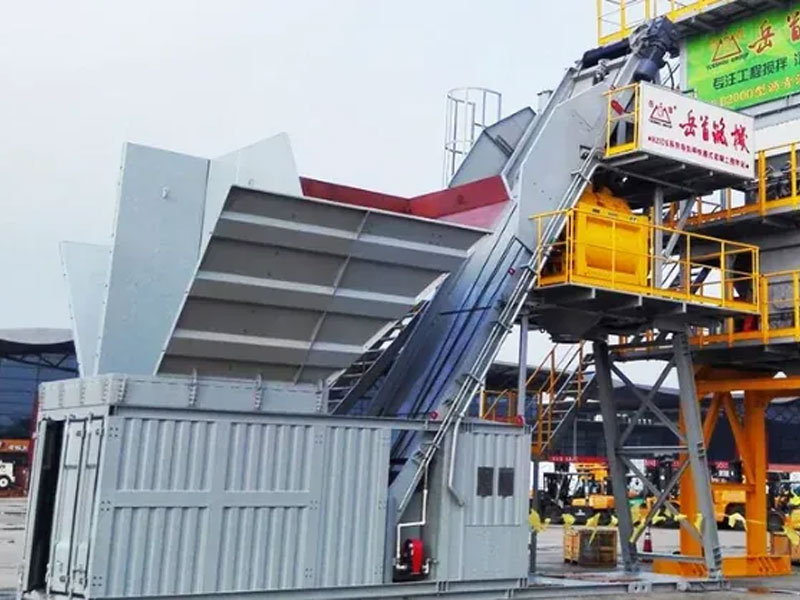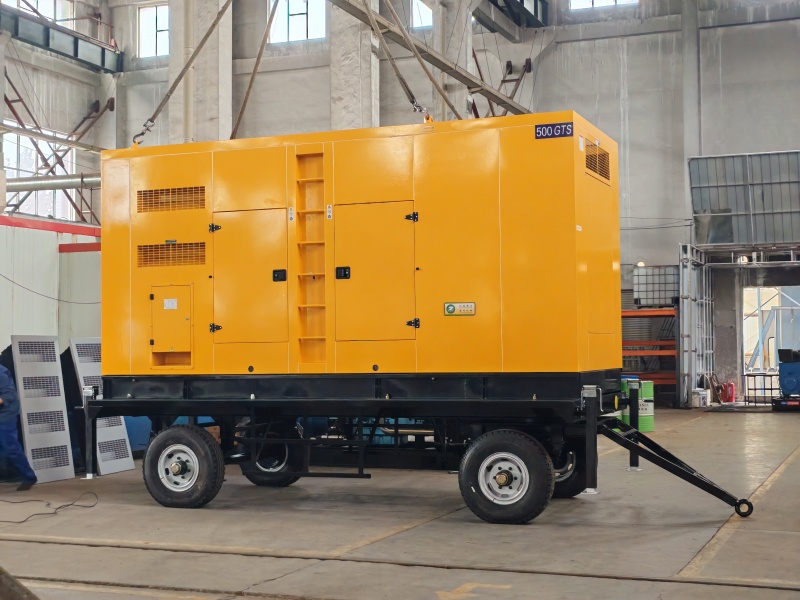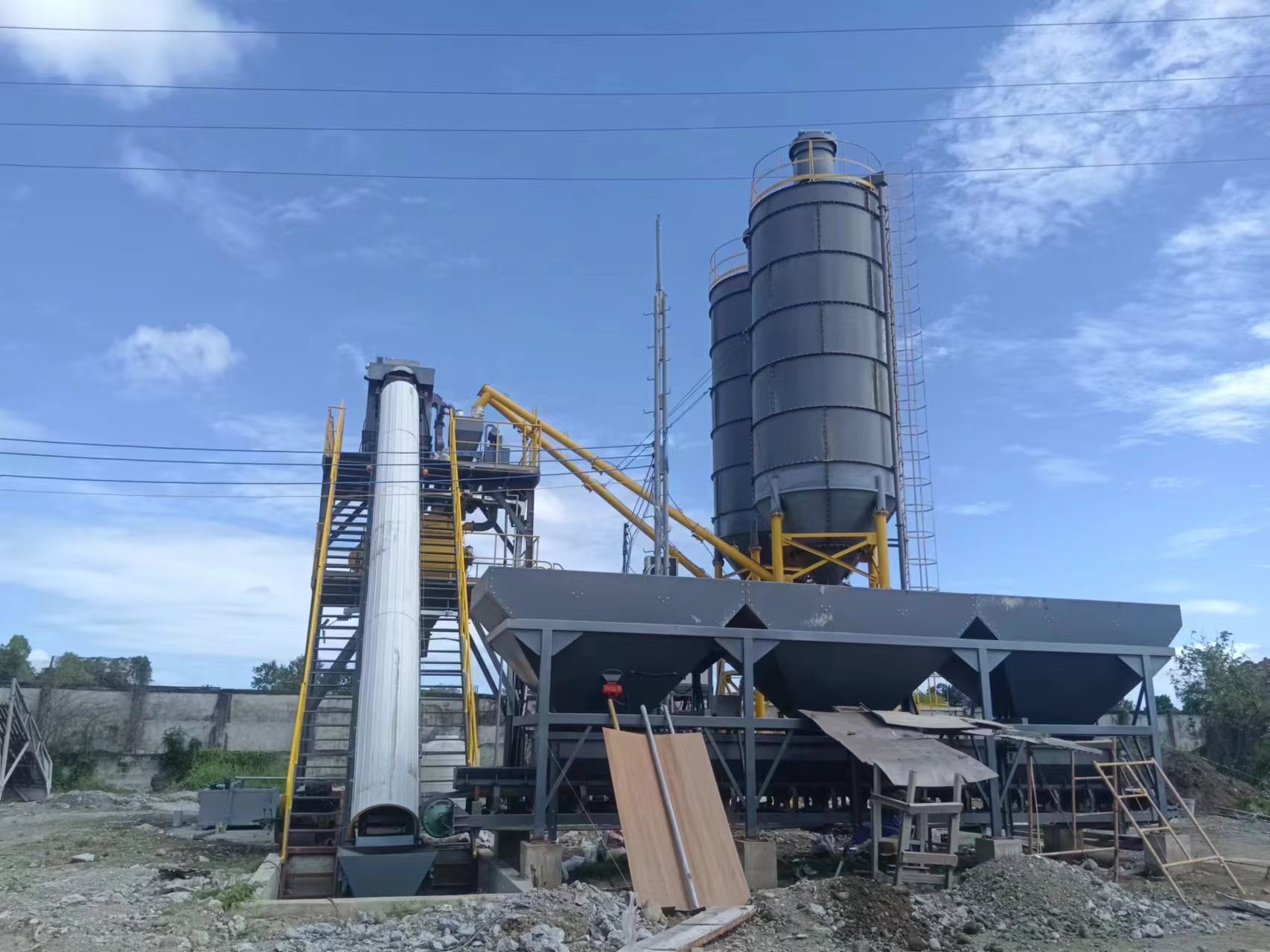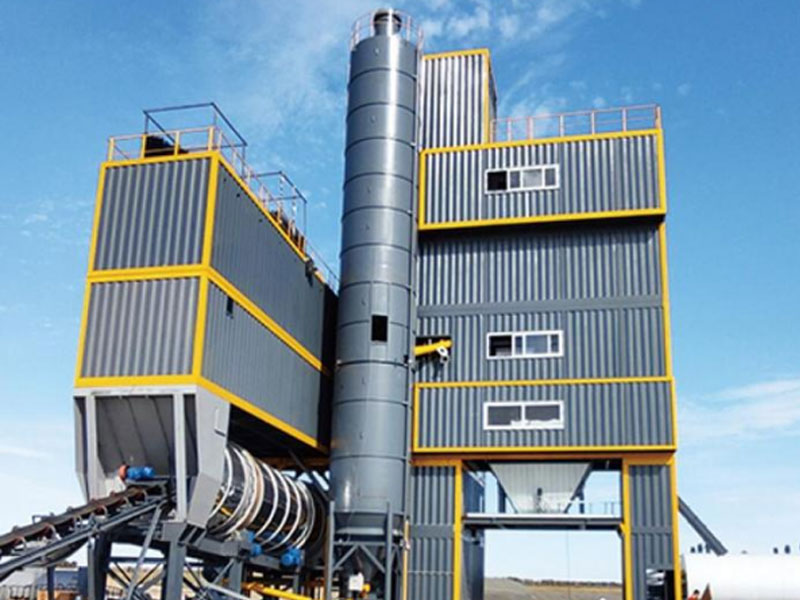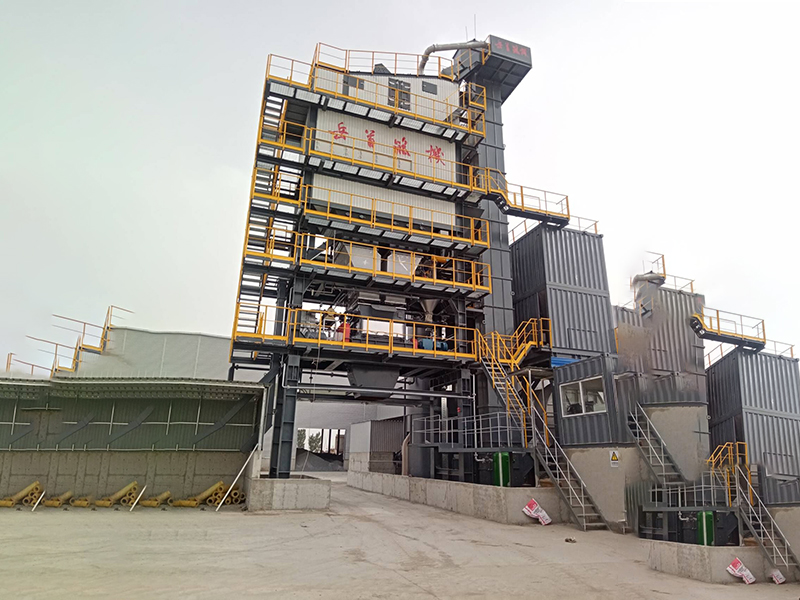Buy mini concrete plant
Buy a Mini Concrete Plant: A Comprehensive GuideThis guide helps you understand the factors to consider when buying a mini concrete plant, covering types, features, costs, and maintenance. We’ll explore different models to find the perfect fit for your project.
Buy a Mini Concrete Plant: A Comprehensive Guide
Choosing the right mini concrete plant for your project is crucial for efficiency and cost-effectiveness. This guide navigates you through the process, detailing the key factors to consider, types of plants available, and important features to look for. We'll cover everything from initial investment costs to ongoing maintenance, helping you make an informed decision that meets your specific needs.
Types of Mini Concrete Plants
Mobile Mini Concrete Plants
Mobile mini concrete plants offer unmatched flexibility. Their portability makes them ideal for various construction sites and projects requiring relocation. These plants typically have a smaller footprint compared to stationary units, making them suitable for confined spaces. However, this portability might come at a slight cost in terms of production capacity compared to larger, stationary models. Consider factors such as the required mobility for your projects when making your selection.
Stationary Mini Concrete Plants
Stationary mini concrete plants are designed for long-term use at a fixed location. They generally offer higher production capacity than their mobile counterparts, making them suitable for larger projects with consistent concrete demands. While less flexible in terms of location, they often boast robust construction and enhanced durability. The reduced need for frequent relocation translates to less wear and tear over time. Taian Yueshou Mixing Equipment Co.,Ltd. offers a range of stationary options.
Key Features to Consider
Several key features differentiate various mini concrete plants. Understanding these features will be critical to selecting the right equipment for your needs.
Capacity
The production capacity of a mini concrete plant is measured in cubic meters per hour (m3/h). This needs to be carefully considered based on the scale of your project. Overestimating your capacity needs can result in unnecessary expenditure, while underestimating could lead to delays and inefficiencies.
Automation Level
Mini concrete plants vary in their level of automation. Some are fully automated, reducing labor requirements and improving consistency. Others require more manual operation. The level of automation should align with your budget, available skilled labor, and desired level of control.
Mixing Quality
The quality of the concrete mix is paramount. Look for plants with robust mixing mechanisms that ensure a homogenous and consistent mix every time. Refer to manufacturer specifications for details on mixing speed and efficiency.
Cost and Maintenance
The initial cost of a mini concrete plant is a significant factor. However, equally important is the ongoing cost of maintenance and repairs. Factors to consider include:
| Factor | Considerations | Impact |
|---|---|---|
| Initial Purchase Price | Compare prices from different manufacturers. | Significant upfront investment. |
| Maintenance Costs | Regular servicing, parts replacement. | Ongoing operational expense. |
| Fuel Consumption | Consider fuel efficiency of the plant's engine. | Affects operational cost. |
Table: Cost Factors for Mini Concrete Plants
Remember to factor in the cost of spare parts, routine maintenance, and potential repairs when budgeting for your mini concrete plant. A well-maintained plant will significantly reduce downtime and extend its lifespan.
Conclusion
Purchasing a mini concrete plant requires careful consideration of various factors. By understanding the different types, key features, and cost implications, you can choose a plant that perfectly matches your project needs and budget. Don’t hesitate to contact manufacturers directly to get detailed specifications and pricing information. Investing in the right equipment is crucial for successful project completion.
Related products
Related products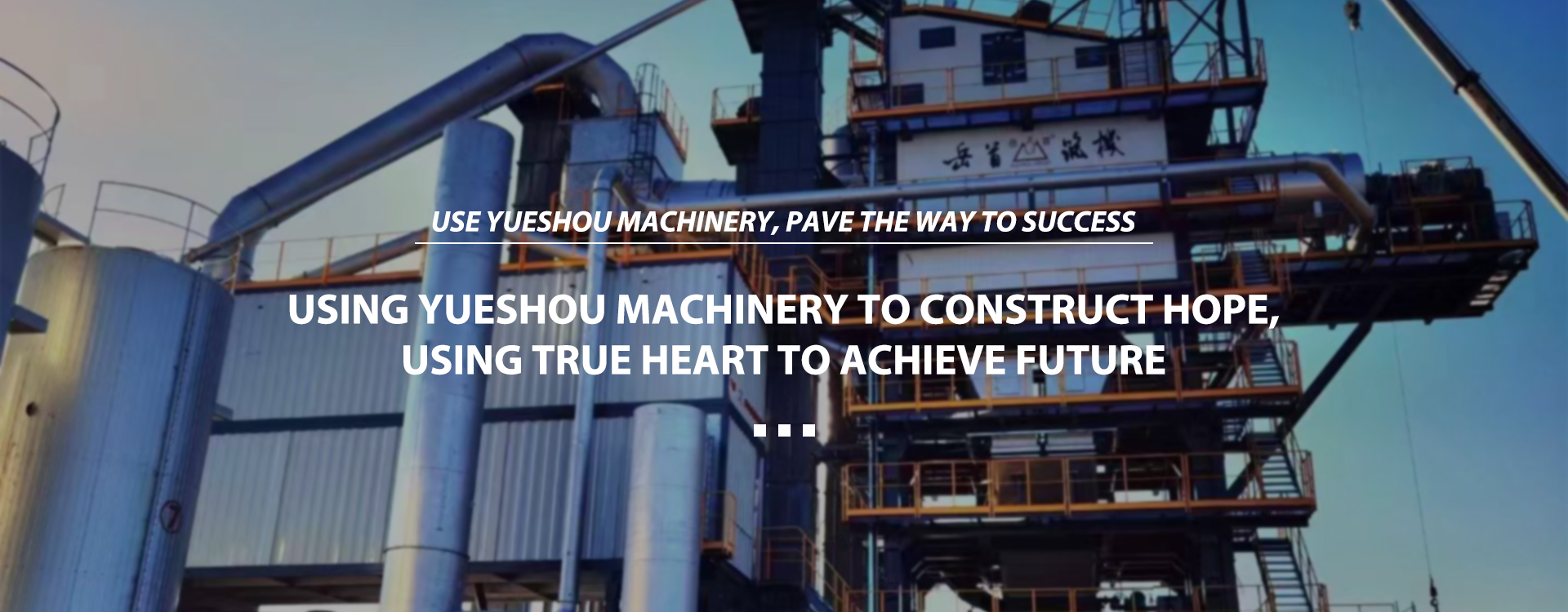
Best selling products
Best selling productsRelated search
Related search- Discount colas asphalt plant
- High-Quality concrete plant cost Products
- High-Quality amp asphalt mixing plant Product
- High-Quality tilcon asphalt plant Products
- Cheap apac asphalt plant
- High-Quality cement concrete plant Suppliers
- High-Quality cemex mission concrete plant Manufacturers
- High-Quality mini concrete batching plant Exporter
- High-Quality concrete batching plant Exporter
- Best glenn lege asphalt plant

